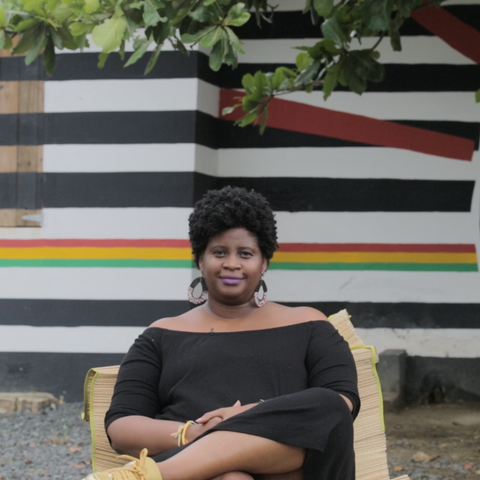Call for Papers “Mixedness and Indigeneity in the Pacific”
Journal of Critical Mixed Race Studies
2019-07-04
Guest Editors:
Zarine L. Rocha
National University of Singapore
Teena Brown Pulu, Senior Lecturer
Auckland University of Technology, Auckland, New Zealand

This special issue is seeking papers that address what it means to be mixed–racially, ethnically, culturally, and linguistically–from indigenous points of view in the Pacific. Indigenous understandings of identity and belonging are crucial in developing and critiquing the current scholarship around mixed race. The nations and territories in the Pacific region, Oceania, encompass diverse ethnic groups and histories affected by different forms and timelines of colonialism, yet the enduring identity is one of indigenous cultures, histories, and languages. Mixedness can be theorized and experienced in different ways and structured in discrete forms of classification and language around mixing and social/cultural acceptance or the stigmatization of certain heritages. As Kukutai and Broman (2016) emphasize, indigenous cultures across the Pacific are by no means homogenous, and historical understandings of race and ethnicity have been influenced by colonial histories. Linnekin and Poyer (1990) suggest that while kinship/community groups have always been essential to indigenous societies, organization along racial/ethnic lines was non-existent prior to colonialism, meaning that understandings of mixedness similarly shifted and changed over time. Writings by Pacific artists and researchers of mixed race, mixed blood, echo and evoke Teresia Teaiwa’s poem:
My identity
is not
a problem
a mystery
soluble
a contract
a neophyte
an interest rate
Mixed blood:
resolves
solves
dissolves
negotiates
initiates
appreciates
And still they ask me HOW?
This special issue explores what mixedness has meant in the Pacific and how it is expressed in, or alongside, present-day identity formations of indigeneity and indigenous conceptions of belonging. What does it mean to be mixed in the Pacific and how does it relate to belonging to a people and place from an indigenous perspective? These papers will provide key theoretical contributions, enriching Critical Mixed Race Studies, shifting away from the dominant (often Western-centric) perspectives, privileging indigenous knowledge, research and histories.
We are looking for context-specific studies situated inside independent states and territories of the Pacific region, Oceania, which can provide a history of intermixing and an in-depth understanding of how mixedness is understood in relation to indigeneity. States and territories of interest include, but are not restricted to: (a) the Melanesian sub-region – Timor-Leste, West Papua, Papua New Guinea, Solomon Islands, Vanuatu, New Caledonia, Fiji; (b) the Polynesian sub-region – Tonga, Samoa, American Samoa, Tuvalu, Tokelau, Cook Islands, Niue, French Polynesia; (c) the Micronesian sub-region – Marshall Islands, Federated States of Micronesia,Northern Mariana Islands, Palau, Nauru, Kiribati.
Feel welcome to submit a brief abstract of your proposed paper (250 words) to JCMRS by October 1, 2019.
Submission Deadline: October 1, 2019
If we accept your abstract, you will be informed of the deadline for submission of your article manuscript, which should should range between 15-30 double-spaced pages, Times New Roman 12-point font, including notes and works cited, must follow the Chicago Manual of Style, as well as include your abstract. Manuscripts will be peer reviewed to determine their suitability for publication.
Please submit your abstract to: rdaniel@soc.ucsb.edu.
Please address all other inquiries to: socjcmrs@soc.ucsb.edu.




